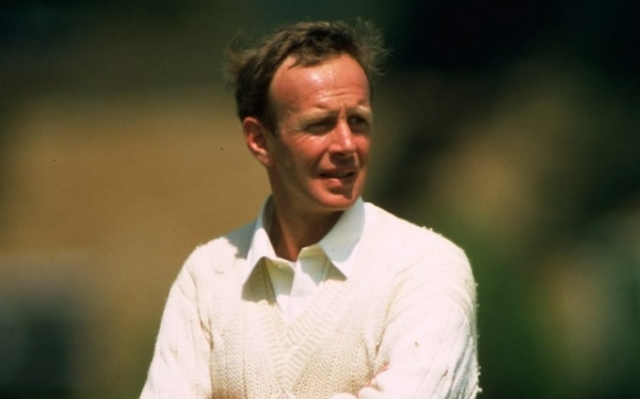 Derek Underwood has died aged 78 after suffering from dementia for several years. Photo: Getty Images/Adrian Murrell
Derek Underwood has died aged 78 after suffering from dementia for several years. Photo: Getty Images/Adrian Murrell
Derek Underwood, Kent and England's unique bowler, has died aged 78.
Kent chairman Simon Phillip said in a statement: “The Kent Cricket family is saddened by his passing. one of his greatest players of all time.
“Derek made an outstanding contribution to both Kent and England, winning trophies for club and country and etching his name into the history books forever.
“Watching Derek weave his unique magic on a wet wicket was a privilege for all who got to see it. His induction into the ICC Hall of Fame shows the respect in which he was held in world cricket.“A champion of growing our game around the world while championing the rich heritage of our sport, Derek has also made significant contributions both on the field and he will be greatly missed by both him and everyone at Kent Cricket.»
His last public appearance was at Canterbury Cathedral in March 2020 for Kent's 150th birthday celebrations. His gaze was unseeing as he met former teammates, but he found some words in his battle with dementia: “They tell me that Notty and I made a good combination.”
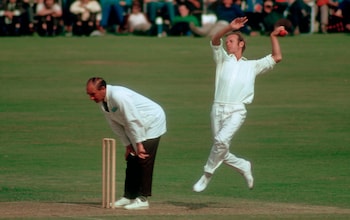 Underwood took 297 Test wickets and a further 16 in Kerry Packer's World Series of Cricket 'super tests'; Photo: Getty Images/Patrick Eagar
Underwood took 297 Test wickets and a further 16 in Kerry Packer's World Series of Cricket 'super tests'; Photo: Getty Images/Patrick Eagar
Underwood was a unique bowler as he was the only known left-arm spinner to bowl at medium pace. How well he did this can be summed up by the epithet by which he was known throughout the world: “Deadly.”
From his debut for Kent as a 17-year-old, he ran a long way behind the spinner — almost the length of the field — with one hand floating in front of him, the other behind him — and with a full turn of his body, he drove the ball into the surface. There was nowhere for the batsman to hide. He couldn't run down the wicket because of Underwood's speed, and if he had gone in the opposite direction he would have fallen into the hands of Alan Knott, without much doubt the best wicket-keeper who ever lived.
«Dadley was the greatest professional with the ball in his hand,» said Paul Downton, Kent's director of cricket, who also kept wicket. «He was very competitive, hated to run away, his captain's dream, whether at Lord's in the Ashes Test or the Derby on a Monday afternoon, no one had.»
As a fellow spinner, albeit from Sussex, Robin Marlar analyzed Underwood: Most top bowlers have fast-twitch shoulder muscles, but Underwood was a rarity in that he had slow-twitch shoulder muscles, with some evidence being that he did not have a strong throw. Hence his long run-up to create pace that his left shoulder couldn't quite convey.
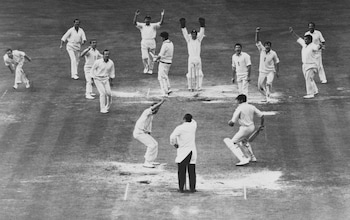 Underwood takes seven for 50 to guide England to victory with six minutes remaining and level the Ashes at the Oval in 1968 after a great sweep. Photo: Central Press/Getty Images
Underwood takes seven for 50 to guide England to victory with six minutes remaining and level the Ashes at the Oval in 1968 after a great sweep. Photo: Central Press/Getty Images
Underwood's impact was so immediate that he became the youngest bowler to take 100 first-class wickets in his debut season, by the end of which he was 18 years old. His statistical peak came in 1966, when he took 157 wickets at just 13 apiece.
For the first half of his career, county cricket pitches were open if it rained during the day — and Kent used a variety of outlets. foundations where shelters were rudimentary. But even after the pitches were closed, his spin and unerring accuracy continued to chalk up hundreds of wickets in a season until he finished his first-class career with 2,465 of them at just 20 runs each.
There was a brief period when Ray Illingworth, as England captain, preferred Worcestershire left-arm spinner Norman Gifford on dry pitches. Not many held the same views, and Underwood was otherwise a regular for England at home and abroad until he joined the World Series of Cricket in 1977 and toured South Africa in 1982. John Thicknesse, cricket correspondent for the Evening Standard, when Underwood first played for England, bet that he would take 300 Test wickets, as only Fred Trueman had done, and was particularly disappointed when Underwood ended his England career — having toured in South Africa — from 297. /p>
One of the greatest games ever played. pic.twitter.com/tm1sD9dZde
— Kent Cricket (@KentCricket) April 15, 2024
His most famous hour was the final of the 1968 Oval Test, when he ran across Australia on a wet pitch to level the series, although Australia retained the Ashes. In 1974, Lord's pitch should not have been wet at all because by then the test pitches had to be covered constantly, but the rain was seeping under the blanket. Relations between England and Pakistan were often strained, and heavy rain meant the Test was canceled before Underwood had played Pakistan's second innings.
What was almost unique, apart from Underwood's method, was his personality. Most great bowlers are predators by nature; Underwood was as gentle and non-lethal as possible. I remember coming out of the Indian Airlines toilet in 1981-82, having used all the facilities at once, and Dadley was the only passenger whose smile evoked sympathy.
“Without the ball, Dadley was the opposite of an athlete — ten to two , reluctantly training, sipping on a cup of tea 20 minutes before the game and drinking a pint after the game,” Downton recalled. “A completely honest, old-fashioned professional, one of the most polite and generous people you will ever meet. Always gave time to people, loved to talk about cricket, incredibly humble, a really nice person.»
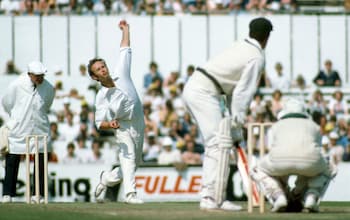 Greg Chappell takes the hit as Alan Knott remains at Underwood during their latest triumphant Ashes campaign. Photo: Getty Images/Bob Thomas Sports Photography
Greg Chappell takes the hit as Alan Knott remains at Underwood during their latest triumphant Ashes campaign. Photo: Getty Images/Bob Thomas Sports Photography
So despite being a former professional, Underwood was MCC president in 2008, nominated by his former England captain Mike Brearley. He has already received an MBE.
However, he was a dentist with a ball in his hand and drilled one tooth after another, maiden after maiden, until the batsman was too often bowled or thrown forward and caught close. Colin Cowdrey was the sharpest of slippers, Knott his supreme henchman.
In Underwood's time there were no helmets until the first prototypes appeared in 1977, and they were reserved for batsmen. Knott had to stand up on dodgy pitches and medium paces without a helmet or visor to protect him from a ball over the edge or a flying bail like the one that ended the career of South Africa's Mark Boucher. Nott was a human doll, extremely flexible. A look up to tell Underwood to throw the ball up, a look down at the field to tell him to shoot the ball: it was the only signal in their symbiosis.
Yes, it was true. Knott and Underwood were a good combination.
Derek Underwood was the silent killer of English cricket — I loved him to pieces Read more














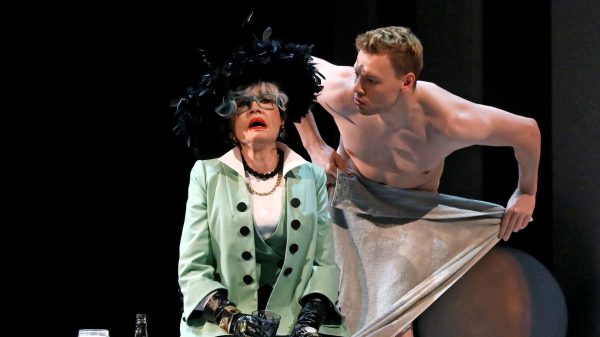











































Свежие комментарии